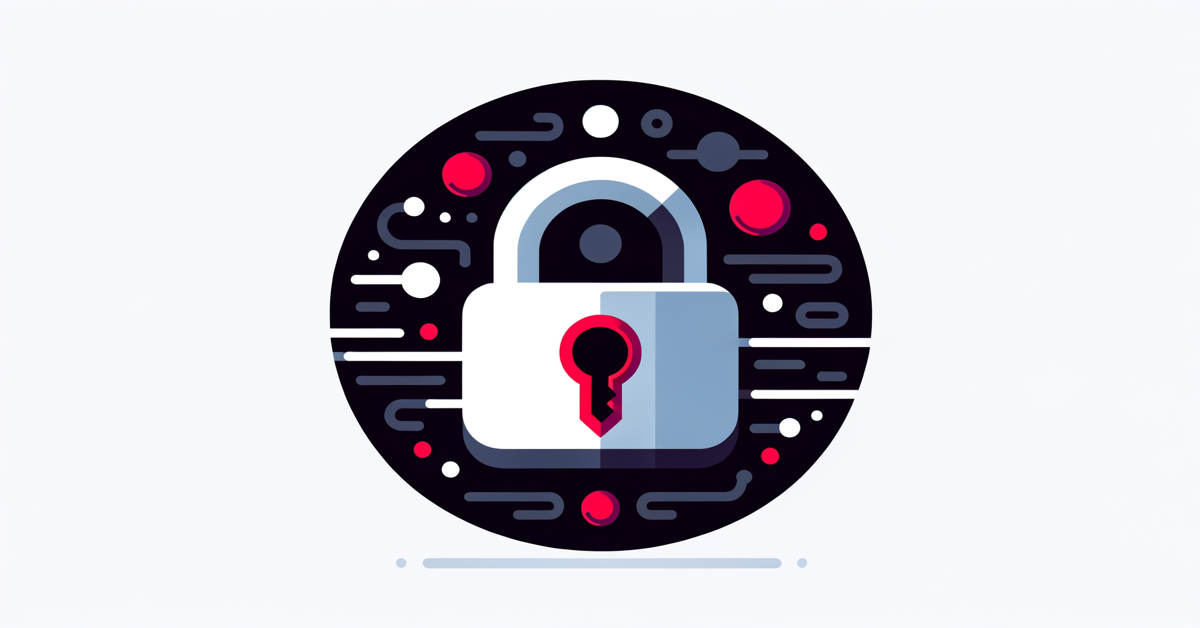Deciphering FIPS 140
FIPS 140 is a set of standards that describe U.S. government criteria for cryptographic modules — including both hardware and software components — used within federal information systems. Officially known as the Federal Information Processing Standards Publication 140, it is designed to ensure that the cryptographic tools and systems employed to protect sensitive data meet stringent security requirements.









